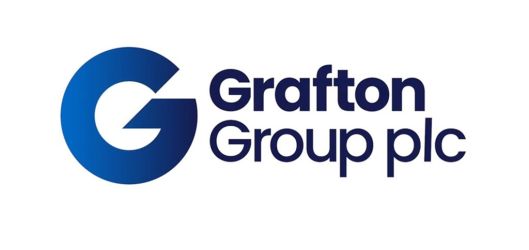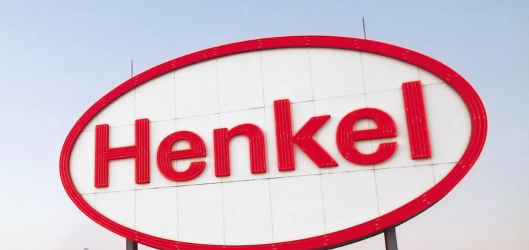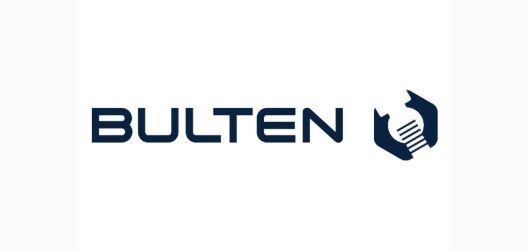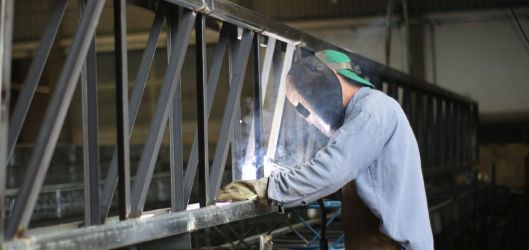
The EU's steel market is continuing to recover, according to EUROFER, the European Steel Association, with only the spectre of Section 232 from the US causing concern for the market.
Production for steel-using sectors grew in terms of output, with automotive proving the exception as demand slowed.
“The latest data shows that the European steel industry has finally struggled its way back towards a firmer footing”, said EUROFER Director General Axel Eggert. “Worryingly, this recovery is being put at risk by the US’ Section 232 action and the resulting global economic fallout. Surges of deflected imports to the EU market could cause irreparable damage to the EU steel industry if adequate safeguards are not put in place”.
Steel statistics
EU28 apparent steel consumption fell by 0.3% year-on-year in the fourth quarter of 2017.
Domestic deliveries to the EU market also rose in the fourth quarter (3.4% y-o-y) whereas imports from third countries were 9% lower than in the same period of 2016. Total steel imports fell by 1.8% in 2017, reflecting a 7.9% year-on-year rise over the first half of the year and an 11% year-on-year drop over the second half.
The EU market saw an increase in inventories back in 2016 and the rapid expansion of final use over the year 2017 – and even supply bottlenecks – led to players in the distribution chain drawing down inventories later in the year, EUROFER said, leading to a modest overall decline in stocks. As a consequence, EU28 apparent steel demand rose by 1.3% in 2017.
EU Steel-using sectors
Production activity in EU steel-using sectors ended the year 2017 on a strong footing, with output rising by 5.8% year-on-year in Q4. Total output rose by 5% over the whole year 2017.
Most sectors had their best performance since 2011. The main exception was the automotive industry where as expected output growth slowed down, reflecting a mild weakening of demand in the EU and in key export markets.
Total production activity in the steel using sectors is estimated to have grown by 2.7% in the first quarter of 2018. EUROFER attributed this to a negative trend in steel tube output in the EU: "Prospects for 2018 and 2019 are quite healthy. It was already anticipated that due the temporary impulse from the steel tube sector falling away, total activity growth in the steel using sectors would ease in 2018 and 2019. Slowing production growth in the automotive sector will also have a mitigating impact on the growth rate of activity in the steel using sectors."
Output in EU’s steel-using sectors is forecast to grow by 2.8% in 2018 and by 1.9% in 2019.



